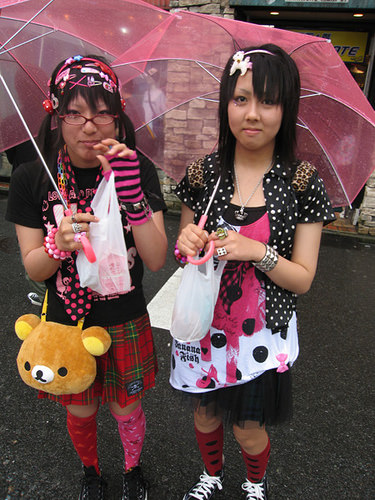Most people associate Halloween with the United States, but did you know that it actually began as a Celtic holiday and is still celebrated throughout the world? According to the National Endowment for the Humanities, the day was originally called Samhain, or "Summer's End," and marked the end of the harvest season for Celtic farmers. October 31st was considered a day when the normally strict boundaries between the worlds of the living and the dead were blurred, and the ghosts of those who had passed away came back to earth.
The traditions of costumes, parades, and playing scary pranks and tricks are rooted in ancient practices as well. By wearing masks and costumes, people would try to fool the spirits into believing they were also ghosts, so the spirits would leave them alone on Halloween night.
But celebrations of the dead aren't limited to the ancient Celts and modern Americans. According to Education Magazine, countries all over the world hold their own similar festivals to honor the dead.
Mexico: Perhaps the most famous outside of the American holiday, Mexicans celebrate Dia de los Muertos, or Day of the Dead, on November 1st and 2nd. It's a time for family and friends to remember departed loved ones. Day of the Dead bread, or "Pan de Muerto," is a quintessential dish made during Dia de los Muertos. Learn to make you own here.
Great Britain: The British celebrate by partying in costumes from October 31st to November 5th, Guy Fawkes Night. On this night, the Brits commemorate the infamous British traitor Guy Fawkes by lighting bonfires.
Ireland: Honoring its Celtic heritage, Halloween is still celebrated today in Ireland. Barmbrack, a sweet fruit bread, is traditionally served on Halloween night. Check out a great recipe here.
China: The Chinese festival of Teng Chieh is a Lantern Festival that closes off Chinese New Year celebrations. Lanterns formed like dragons, swans, and other animals are hung in the streets or near households, protecting people from evil and lighting the way for wandering spirits. Check out this easy craft so your little one can make his or her own lantern for Halloween.
Japan: In Japan, the Obon Festival is celebrated in the summer to honor the spirits of the dead. During the festival, is lit each night to guide a spirit to its family’s location so that the dead can return to where they were born.
Halloween is a great time to introduce your child to some of the other cultural festivities celebrated by children around the world. Introduce some of these global traditions to your kids, and check out our Halloween board on Pinterest for fun crafts, recipes and cultural activities you can share with your little ones this Halloween.
photo credit: Ariel Ophelia via photopincc





















